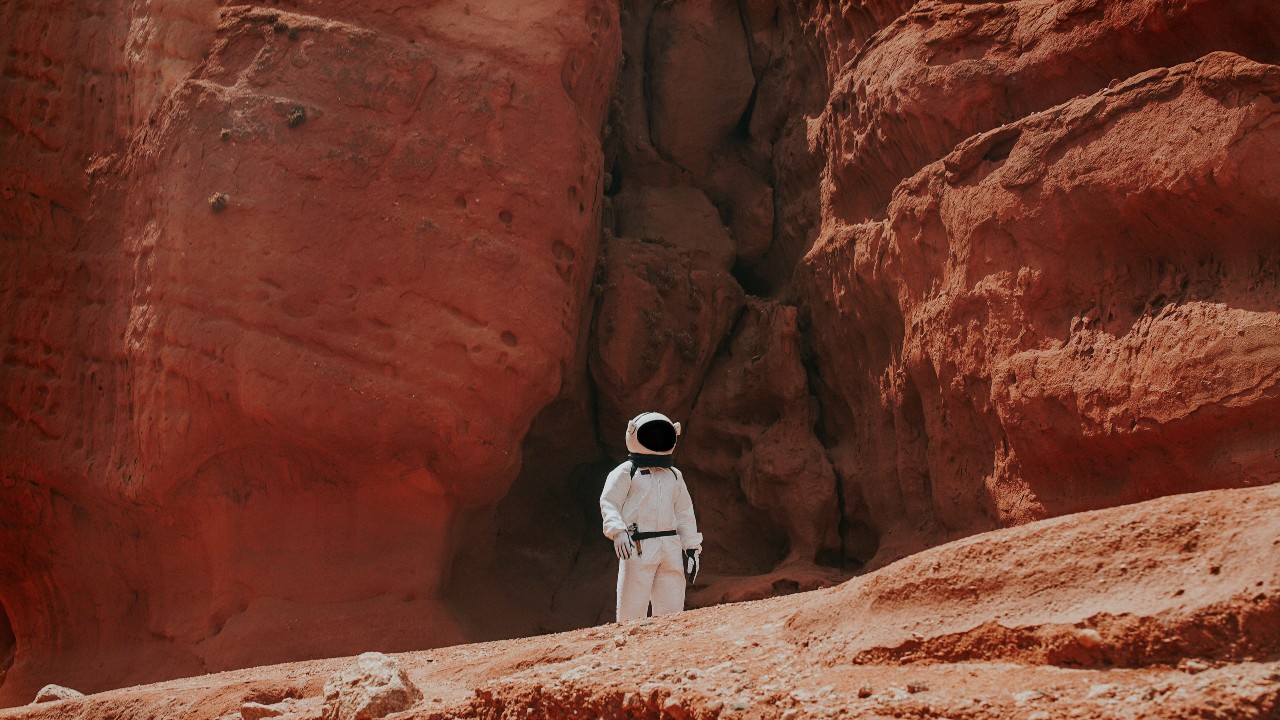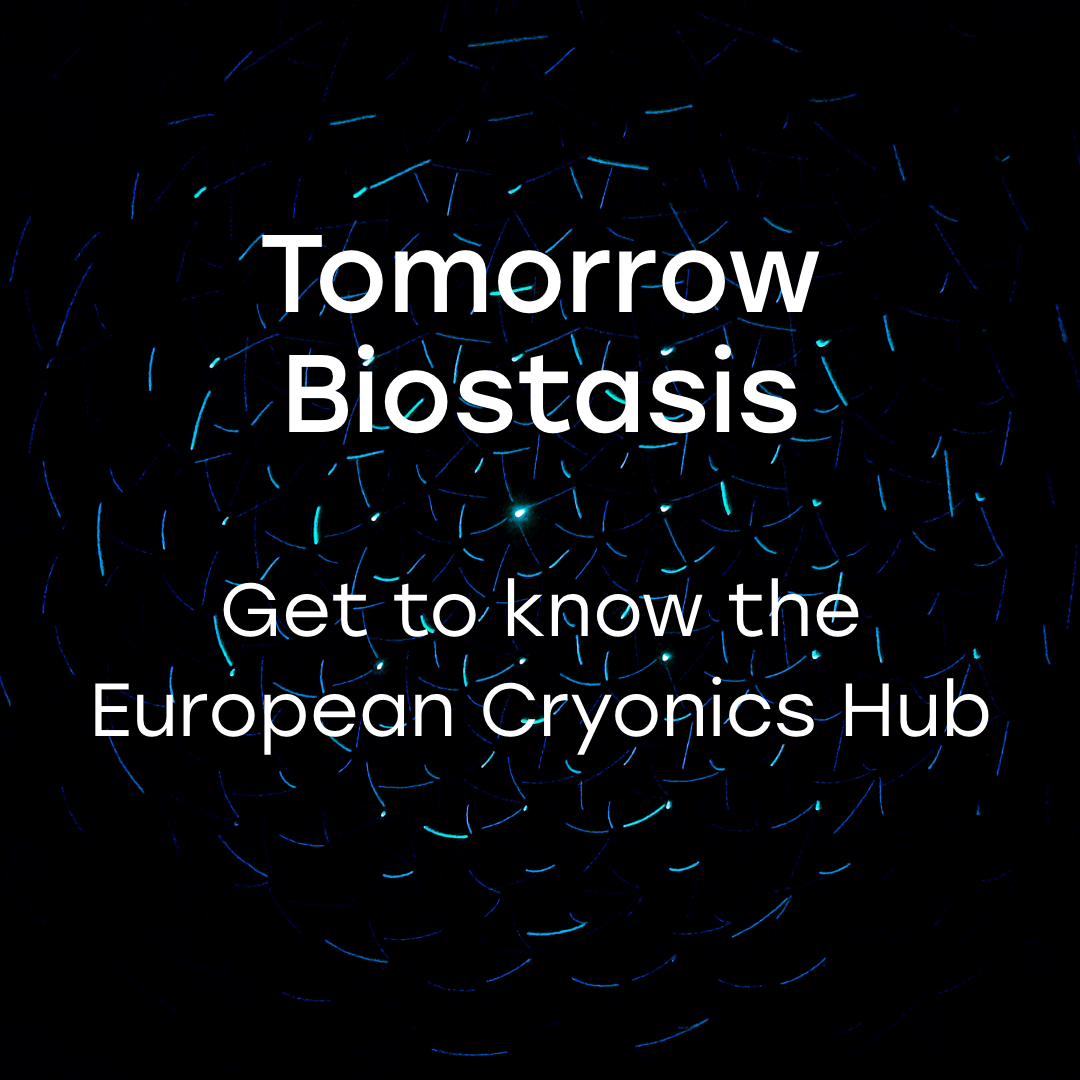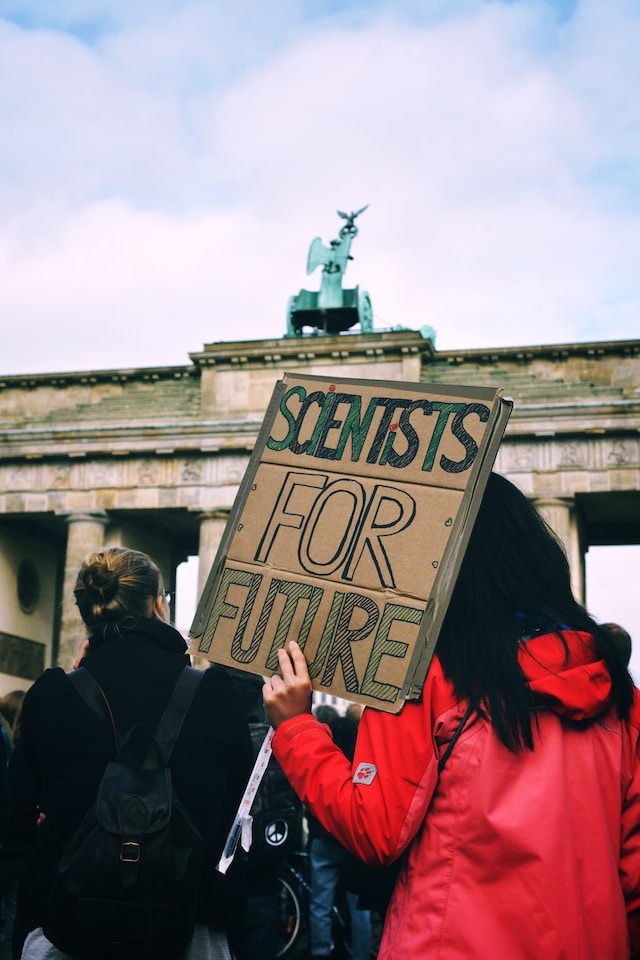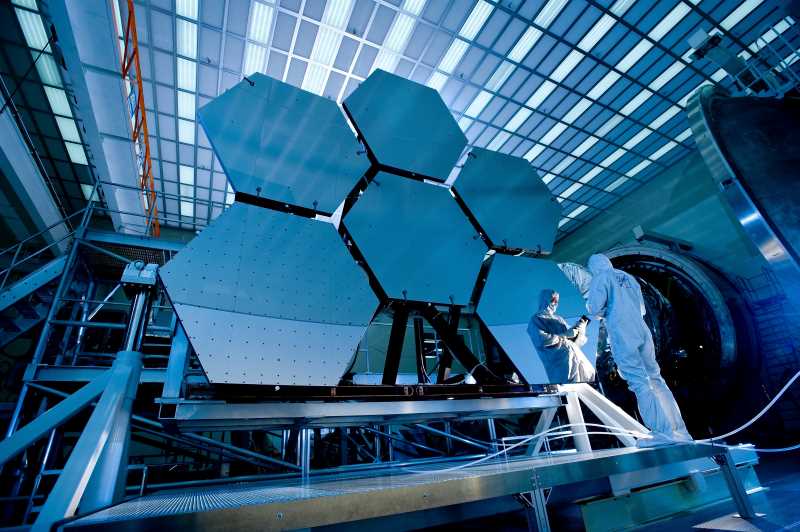The fundamentals of cryopreservation/biostasis are set to find crucial applications in space travel. Astronauts on a space mission going into a hibernation-like state has transcended science-fiction and has moved into real-world use. NASA and ESA have been exploring the concept of induced hypothermia as a potential mechanism to put the astronauts aboard a spacecraft into a state of suspended animation. This would essentially suspend, or slow down the rate of activity of the bodies during space travel, providing many benefits throughout the mission.
What is torpor?
Torpor is a state of deep-sleep, where the heart-rate, metabolism and temperature is lowered down over extended periods of time. This is done in order for the body to conserve heat and energy, sufficient to maintain respiratory and circulatory functions. This state is brought about by Therapeutic Hypothermia, which is a medical treatment used to lower the temperature of a patient’s body to reduce the risk of ischemic injury to tissues. This is being used to provide critical care for newborn infants, and also adults who are suffering from head trauma, neurological injuries, strokes, and cardiac arrest.
There have also been some instances of humans surviving low-temperatures for prolonged periods of time. This includes Mitsutaka Uchikoshi, a Japanese man who, though injured, was able to survive 24 days without food or water, even after being exposed to 10°C weather in the Rokko Mountains. Physicians believe that his body entered a state of hibernation, slowing many of his body’s organs, but also protecting his brain. In another incident, a Swedish radiologist, Anna Elisabeth Johansson Bagenholm, survived prolonged extreme hypothermia, and even reached the lowest body temperature recorded by a living human, 13.7 degrees celsius. She is said to have recovered five months later, except for certain minor nerve injuries, resuming life and work. All this points towards the possibility of humans being subjected to a controlled hibernation through therapeutic hypothermia, and successfully rewarming them.
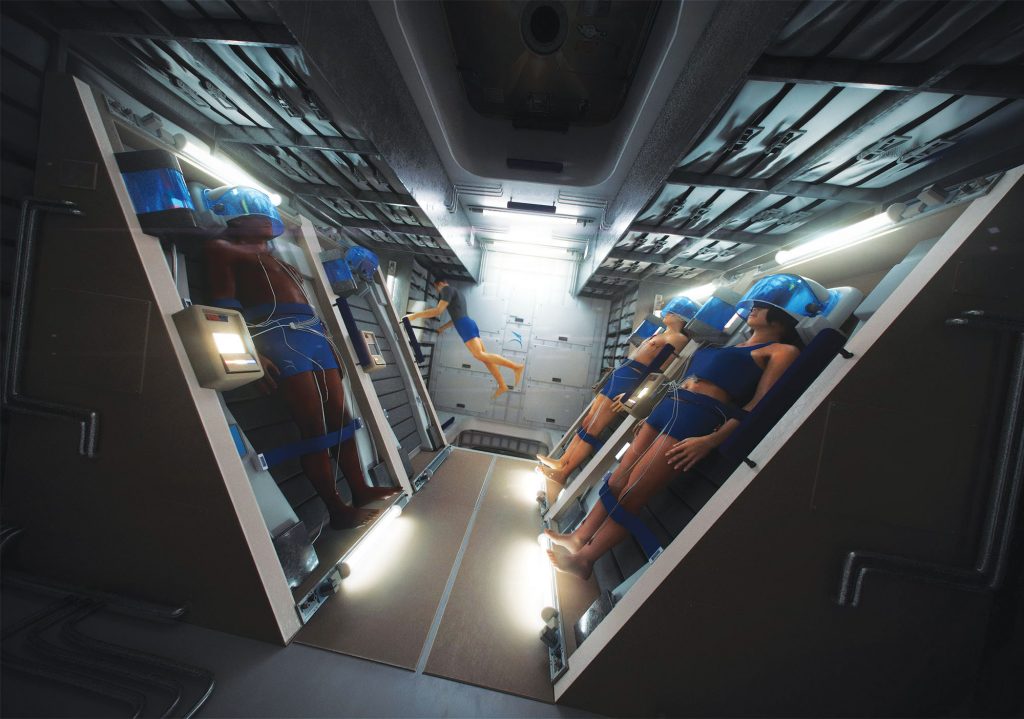
Source: SpaceWorks
SpaceWorks, in association with NASA Innovative Advanced Concepts (NIAC) is enroute to adapting therapeutic hypothermia to create an innovative spaceflight which will transport crews from earth to deep space destinations, and back. Traveling in suspended animation can help astronauts counter the physiological and psychological effects of space travel and long-term confinement in their capsules. This is vital for sending manned-missions to Mars, which would take anywhere between 150 to 300 days.
The European Space Agency’s (“ESA”) ScieSpace team is also conducting research on the reactions of an astronaut’s body to living in space. Jennifer Ngo-Anh, the team leader explained that:
“If we were able to reduce an astronaut’s basic metabolic rate by 75% – similar to what we can observe in nature with large hibernating animals such as certain bears – we could end up with substantial mass and cost savings, making long-duration exploration missions more feasible.”
How will astronauts be introduced to torpor?
SpaceWorks proposes to carry out torpor in the following steps:
Step 1: Pre-Flight Preparations
Since the premise of torpor induced hibernation is for the astronauts to be in a state of suspended animation, their nutrition and waste management requirements should be taken care of externally. This is proposed to be accomplished through an intravenous access, which would allow for the collection and testing of samples from the astronauts’ bodies, so that they can be evaluated and infections identified. These IV tubes would also allow for the administration of fluids and nutrition to the crew as regular oral intake would not be possible. The crew members would need to be familiarized with these mechanisms, and would also undergo short exposures to torpor cycles, beginning with 24-48 hours. This would enable them to experience the physiological and psychological effects of torpor, in turn allowing them to determine the best possible way to tolerate it.
Step 2: Preparing the crew
In order to avoid the risk of bacterial infection, the crew would have to get their skin cleaned with chlorhexidine gluconate alcohol wipes. Two-days before induction to torpor, the astronauts would begin an all-liquid, clear diet, which would have to be continued until two hours prior to torpor. This would be in-line with the decreasing metabolism and bowel movements in the hypothermic stage, thereby enabling efficient waste management. To familiarize themselves with torpor-related machinery and mechanical equipment, the crew would have to perform operational tests on the torpor induction systems. SpaceWorks proposes the insertion of a central venous catheter in the subclavian vein of either of the hands approximately 12 weeks prior to the launch. This would later be accessed by the crew before induction into torpor to initiate maintenance.
Step 3: Induction into the habitat
Once a heat exchange through ambient cooling is initiated, the crew-cabin temperature would be reduced to <10 degrees Celsius. The crew members would be sent into “hibernation pods”. A Foley Catheter would be placed which would be used to collect the waste and drain the bladder. Along with this, a nasogastric or orogastric tube (NG/OG) would also be inserted into each of the crew members. Monitors to keep track of various vitals such as blood pressure, oxygen concentration, and core body temperature would be introduced into the habitat.
Following this, moderate sedation would be administered throughout the duration of torpor using the balanced anesthetic technique. The crew’s body temperatures would be cooled down to a hypothermic state with the use of either an invasive, non-invasive, or passive cooling with rewarming mechanisms, which would also manage their body temperatures.
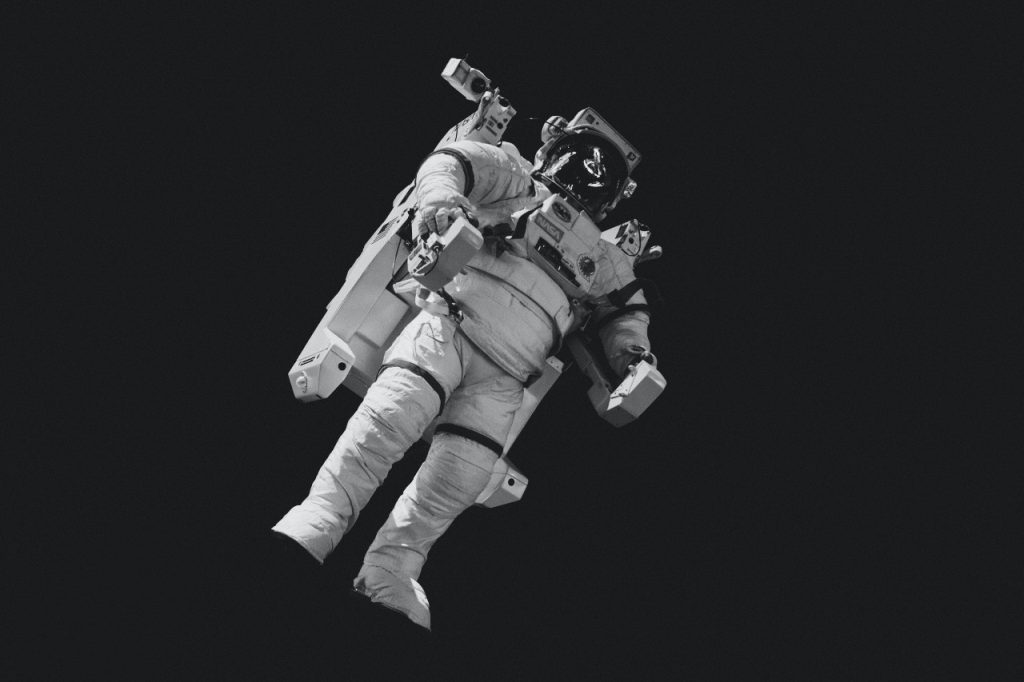
Step 4: Nutrition and Maintenance
As the crew would be in torpor, their vitals would have to be monitored and managed using NASA approved monitoring systems. Urinalysis of the samples collected through the Foley catheter and lab testing of electrolytes would also need to be periodically conducted to observe symptoms and identify any bodily infections. The necessary nutrients would be administered through the NG/OG tube, maintaining healthy physiological function. Since the body would be in a constant state of torpor, it would be at risk of developing infections; broad spectrum antibiotics would be continuously administered throughout hypothermia every 12 hours.
Prevention of blood clotting would be done through systemic intravenous anticoagulation. Automated systems are proposed to be used to monitor the crew for any signs of infections, pressure ulcers, etc, and to conduct periodic crew inspections.
Step 5: Awakening
Rewarming would take place until the core body temperature gradually reaches 36 degree celsius, and is brought about by an increase in the ambient temperature of the hibernation pod. Upon reaching the threshold of 36 degree celsius, the sedatives would be stopped, allowing the crew-member to slowly wake up. It would take some time for the resumption of normal physiological activities, until which the vitals would be monitored.
Gradually, the antibiotics as well as anticoagulation would be stopped once spontaneous and voluntary limb movements are resumed. The crew-member, before going back to a normal solid diet, would need to start an oral liquid diet. Upon sufficient nutritional intake, the NG/OG tubes would be removed. Physical and mental exercises would need to be carried out by the crew upon awakening to increase muscular strength and free themselves from weakness, stiffness in the joints, as well as to activate their consciousness. These could be done through structured exercise regimes, allowing the astronauts to return to their normal activities.
Challenges presented by torpor
Since torpor or therapeutic hypothermia has not yet been tested outside the bounds of emergency medical care, there is no data available as to how a human body would react to the different hypothermic situations. As such, it presents the following risks or challenges:
- As with any medical procedure, torpor too presents a risk of infection. However, the rate of infections is reportedly low from the data presented by patients using central venous catheters, at a rate of 1.47 infections per 1000 catheter days.
- The crew members in torpor are physically inactive, and this can result in formation of blood clots, aka thrombosis. Therefore, the same is to be prevented through anticoagulation.
- Although the torpor habitat is intended to be built up of simple and user-friendly equipment, there is still a chance of a system breakdown. This is more so as the equipment proposed to be built into the torpor habitat is yet to be tested in microgravity conditions. However, the failure of medical interventions designed to keep the human body under a certain temperature would only trigger its natural response to increase body temperature, thereby preventing the crew members from being locked in hypothermia that cannot be reversed. Other intravenous lines, upon failure or malfunction, are proposed to be replaced or repaired by the active crew-members through simple and minimal medical training.
- Multiple torpor-specific medications are required to maintain hypothermia, and as such would need to be tested in microgravity conditions for their reactivity. As the missions are likely to be multi-year, the shelf-life of these medicines and liquid nutrition would also need to be gauged.
- Much research is yet to be done on the cognitive and psychological effects of induced hypothermia, especially in microgravity conditions. Given that the concept of hypothermia for space missions is being explored to counteract the psychological stress that astronauts may undergo if they are to be awake and function normally throughout the duration of lengthy space missions, torpor should work around these challenges. As such, the effect of torpor on circadian rhythms and quality of sleep, the recovery time from a torpor cycle after rewarming, and how a person’s short and long-term memory is affected by it are some of the questions to be addressed.
- Another limitation of this is that 72 hours (3 days) is the maximum period during which therapeutic hypothermia has been administered. This is because no clinical benefit was observed from continuing treatment beyond 72 hours. However, a study has shown that 5 days of cooling is more effective than 2 days of treating patients with traumatic brain injury using mild hypothermia.
Benefits of torpor
Having looked at the procedure and potential challenges posed by torpor, or therapeutic hypothermia, its advantages to space missions, particularly lengthy ones, are many including:
- Reduction in cargo: Crew quarters consume the most space in a spaceship. Accommodating astronauts, their beds, toilets, and most importantly, their food adds a lot of weight to the spacecraft. By keeping astronauts in a state of suspended animation, the requirements for a crew-cabin would be minimal. Certain ancillary crew accommodations such as the food galley, eating supplies, exercise equipment and entertainment, could be eliminated.
- Lighter space-craft: an associated advantage of minimum cargo is that the weight of the spacecraft would be proportionately less, thereby also reducing the fuel requirements. This would not only enable faster travel, but also reduce the operational cost of the mission as a whole.
- Shielding from radiation: the protective benefits conferred by the sun are totally lost once astronauts go beyond the heliosphere, and as such would be exposed to harmful radiations. Astronauts could be protected from long-term exposure to such radiation through collective cryosleep, by surrounding them with naturally protective barriers after being put into tightly packed “pods”.
- Countering psychological challenges: space missions tend to have many psychological effects on the crew-members. This would be more pronounced in a 2+ years-long space mission. The International Space Station data recorded an increase in conflicts in the second half of single-year space missions. Through cycles of torpor, the crew could be freed from these hindrances, ensuring a much smoother space flight. According to SpaceWorks CEO John Bradford the plan is to “establish a new mission baseline with a maximum 2-week torpor period for the crew while undergoing repeated cycles. Between cycles, the crew members will be active for short periods of 2-3 days.”
To conclude
Cryosleep, or therapeutic hypothermia, is different from the traditional cryonics approach as there is no vitrification in the former, and it is administered during a person’s life, to save them from life-threatening dangers, rather than after their legal death. The basic fundamentals underlying the two however appear to be quite similar.
Torpor-induced sleep poses a reasonable method for relatively comfortable space travel on long-distance manned-missions. With the scientific and technological advantages set to be availed from it, albeit with manageable risks, manned-missions to planets like Mars are something to look forward to. In 2019, Robin Biesbroek of the ESA, as a part of a study on human hibernation, created a roadmap that estimates human-hibernation to Mars will be achieved within the next 20 years.
